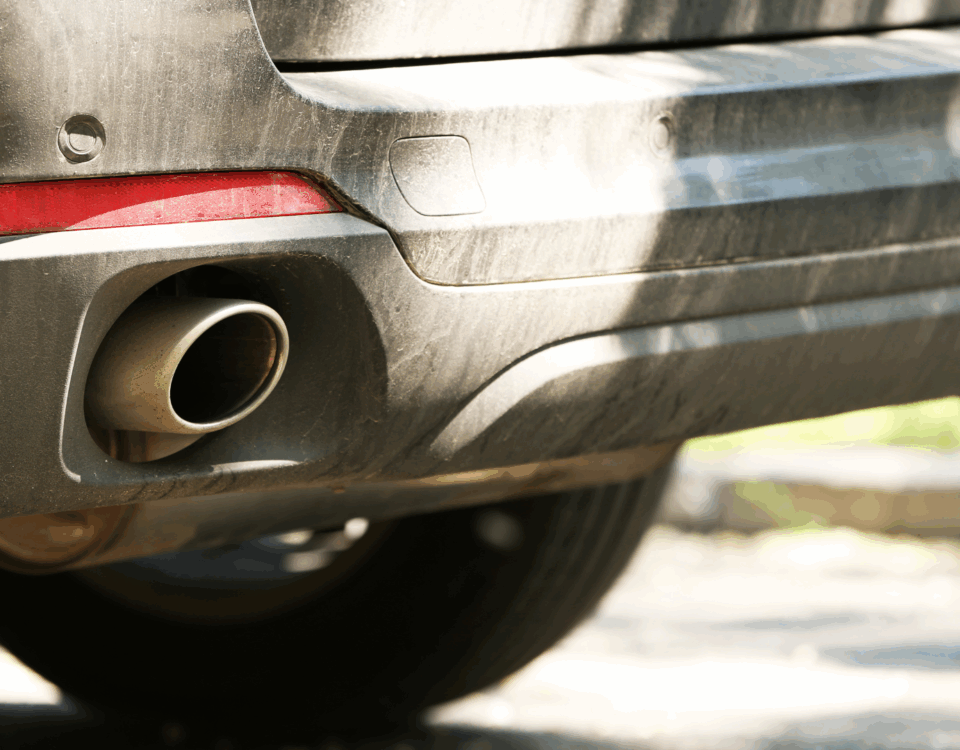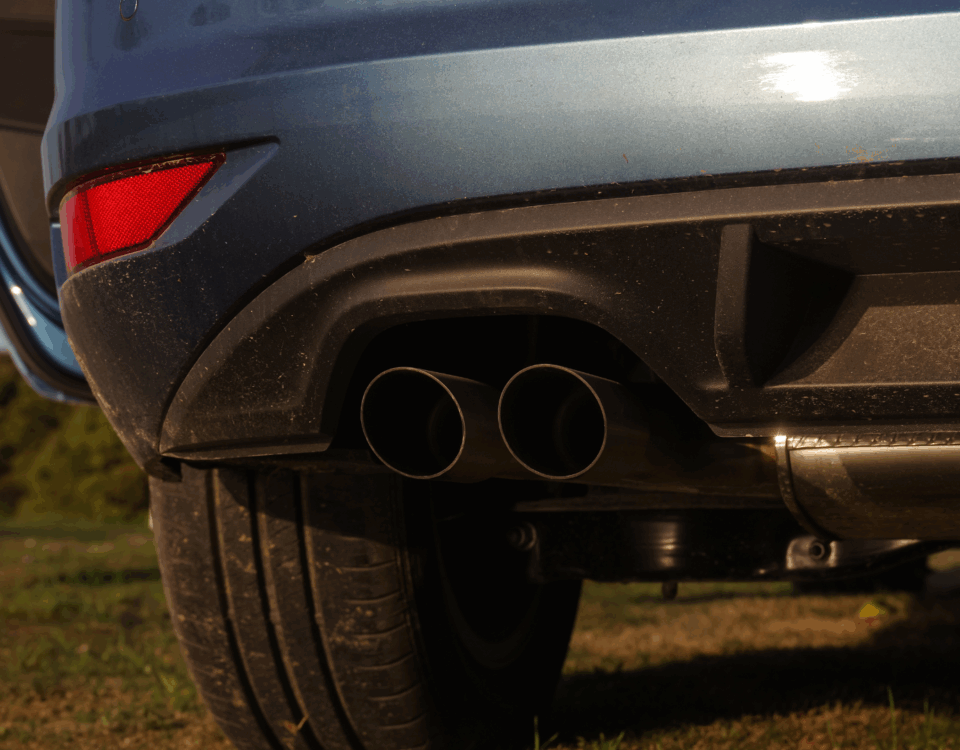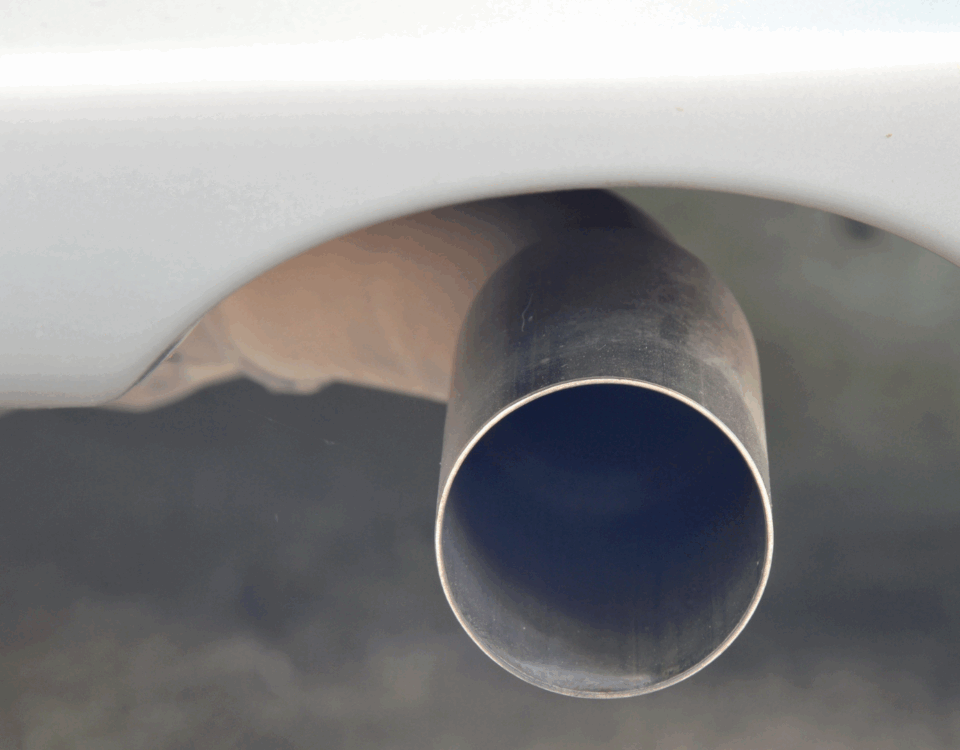Differences Between a Smog Check and an Emissions Test Explained
November 12, 2024Smog Inspection Station: Step-by-Step of What to Expect
November 18, 2024The terms Smog Check and emissions test are often used interchangeably, but they serve different purposes and play unique roles in ensuring our vehicles operate safely and responsibly. This article explores the distinct functions, requirements, and benefits of each test, helping drivers make informed decisions about their vehicles.
What Is a Smog Check and Why Is It Required?
A Smog Check is a state-mandated test that evaluates a vehicle’s exhaust system to determine if it meets the state’s pollution standards. The purpose of a Smog Check is to reduce harmful emissions that contribute to air pollution, which is crucial for improving air quality and protecting public health. Smog Checks are typically required biennially for most vehicles, but requirements can vary based on the state or region. Vehicles that do not pass the Smog Check may be required to undergo repairs to reduce emissions before they are allowed back on the road. This check focuses primarily on certain pollutants and assesses how effectively the vehicle is managing them.
Smog Checks not only keep the air cleaner but also help identify issues that could indicate a malfunctioning engine or exhaust system. This early detection can prevent larger, costlier problems down the road, providing an added incentive for vehicle owners to prioritize these checks.
Understanding an Emissions Test and Its Broader Impact
An emissions test is a broader evaluation that assesses the number of pollutants released by a vehicle’s exhaust, including carbon monoxide, hydrocarbons, and nitrogen oxides. Unlike the Smog Check, which may focus on certain pollutants to meet state standards, an emissions test assesses the overall environmental impact of a vehicle’s emissions output. Emissions tests are essential for compliance with the Clean Air Act and other environmental regulations aimed at reducing greenhouse gases and smog-producing pollutants.
While Smog Checks are specific to certain states and regions, emissions tests are more universal and may be required by federal law. These tests are vital in addressing climate change, as they target pollutants that contribute to global warming and long-term environmental damage. As environmental policies become more stringent, emissions tests continue to play a critical role in ensuring that vehicles meet new and evolving standards.
Key Differences Between a Smog Check and an Emissions Test
Although both the Smog Check and emissions test aim to reduce air pollution, they differ in scope, pollutants measured, and the standards they uphold. Smog Checks are generally state-specific and might only be required in regions with high levels of air pollution. Emissions tests, on the other hand, are designed to meet federal standards and may apply to a broader range of vehicles, including new models. Another key difference lies in the pollutants each test examines. While Smog Checks may focus more on nitrogen oxides and hydrocarbons, emissions tests measure a wider array of pollutants, including carbon dioxide, which contributes to greenhouse gases.
Additionally, the frequency of these tests can differ, with Smog Checks typically required every two years in specific regions, while emissions tests may have different timelines depending on the regulations. Understanding these distinctions helps drivers anticipate their responsibilities and better understand the environmental impact of their vehicles.
Benefits of Regular Smog Checks and Emissions Tests
Performing regular Smog Check and emissions tests offers numerous benefits beyond legal compliance. These tests help vehicle owners stay aware of their car’s condition, identifying potential issues that may not be immediately noticeable. Regular checks can lead to early detection of engine problems, faulty exhaust systems, or other mechanical issues, which can save money on repairs over time. Furthermore, adhering to Smog Check and emissions test requirements supports a cleaner, healthier environment by reducing pollutants that harm the ozone layer, contribute to acid rain, and exacerbate respiratory conditions.
Drivers who consistently pass their Smog Checks and emissions tests contribute to their community’s air quality, benefiting public health and enhancing overall quality of life. Maintaining low emissions is not only a civic duty but a proactive step towards sustaining a cleaner planet for future generations.





